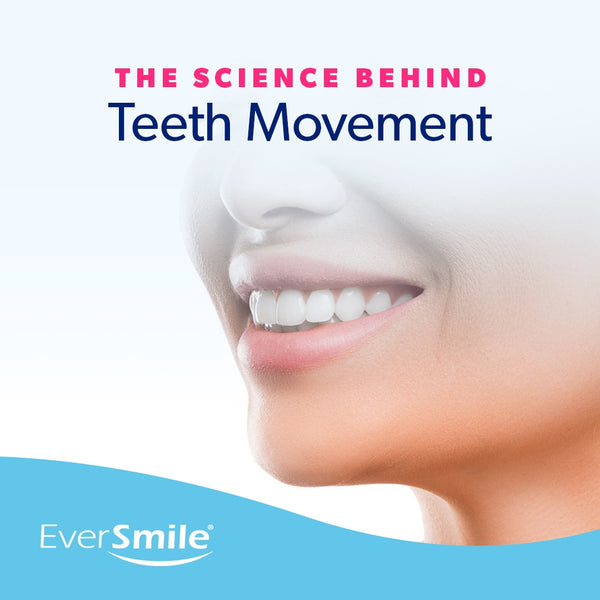
The Science Behind Teeth Movement
Many people experience a moment where they notice something new about their physical appearance. This is especially true with teeth. You could smile at yourself in the mirror and realize that things are different than they were last time you checked. "Was that gap always there?" "Were my teeth always this crowded?" "Why are my teeth shifting?"
Teeth shifting in adults is common, but why does it happen? This article will focus on the science of teeth movement and provide some tips on how to prevent your teeth from shifting in the future.
![Why Do Teeth Move? [list]](https://cdn.shopify.com/s/files/1/0662/0303/files/02-Why-do-teeth-move-pinterest.jpg?v=1613660344)
Why Do Teeth Move?
Most people experience teeth movement throughout their childhood and teenage years. Their faces change at a rapid rate as they grow new teeth and lose others, making way for adult teeth. Many teenagers receive orthodontic treatment and experience major tooth movement as a result. When the braces come off, many people think their teeth are going to be perfect for the rest of their lives. While you can take measures to prevent teeth movement, the truth is that your teeth will keep moving throughout your adult life.
So what exactly causes teeth to shift? There could be several factors contributing to your adult tooth movement. Here are some common reasons why your teeth might be shifting so you can take the first step toward knowing how to prevent or reverse it.
Gum Disease
Your teeth are more than what you see when you smile at yourself in the mirror. Teeth extend past the gum line. They have roots that connect to the bones of your jaw by periodontal ligaments. These ligaments keep your teeth in your mouth while allowing slight movement. If these ligaments and bones become unhealthy, however, you could experience major teeth movement.
That's why gum disease, or periodontal disease, can lead to teeth shifting in your mouth. Gum disease affects the hidden bones and ligaments below the gum line. If your periodontal ligaments start deteriorating, your teeth will move in their sockets with ease. It could even lead to tooth loss, which will only make the issue worse.
Teeth Grinding and Clenching
When you rub your teeth together or apply pressure to the molars on either side of your mouth, you are raising your chances of tooth movement. The official name of this condition is bruxism, and it occurs in up to 10% of the population. Bruxism is a common condition that can develop as a stress response. Many people grind their teeth during the most trying situations without even realizing it. It can even occur in your sleep, leading to headaches and jaw pain in the morning.
If you grind your teeth or clench your jaw, then you're putting a great amount of pressure on your teeth. This pressure can lead to uneven tooth movement in your mouth. You could experience crowding or shifting on the side of your mouth that you most often grind or clench. Grinding your teeth can also lead to enamel breakdown, potentially resulting in other dental health issues including cavities.
Changes in the Jaw Bone
You might remember coming back from summer break in elementary school and seeing how much your friends had changed over the summer. Children grow rapidly, and that includes their faces and jaw structure. But it keeps going from there. People's jaw bones continue to change throughout adulthood, which leads to teeth movement.
As you get older, your lower jaw grows forward and becomes narrower. This affects tooth movement in a couple of ways. First, the forward growth will change your natural bite. Your lower teeth could put more pressure on your upper teeth, leading to gaps and shifting in your upper front teeth. Second, a narrower jaw means less room for your teeth. That's why you could be noticing crowding in your lower front teeth as the years go by.
Tooth Loss
People experience tooth loss throughout life. Many factors contribute to tooth loss, including injuries, gum disease, dental decay and nutritional deficiencies. Losing teeth increases a person's risk for shifting teeth. Gaps in your teeth are the first result of tooth loss, but teeth movement is quick to follow.
If you've lost one tooth or several, then your teeth will take advantage of that extra space and shift to fill it. This creates gaps in your teeth as they move and spread apart. It may seem hopeless, but losing teeth does not have to guarantee tooth movement. Like many of the causes of tooth movement in this list, you can prevent teeth moving after losing a tooth. We'll take a closer look at that later.
Lip and Mouth Aging
It should come as no surprise that your chance of experiencing tooth movement increases as you age. Even if you practice great dental hygiene throughout your life, the passing years have a cumulative effect on your teeth. Your gums can recede, and your periodontal ligaments can deteriorate. Your teeth can also decay. As you increase in age, the slow progression of these issues could become more noticeable in the form of tooth movement.
Another result of getting older that can contribute to tooth movement is a tightening of the lips. As your lips tighten, they exert pressure on your front teeth. This can cause them to shift. As the years go by, you may notice your lower lip gets especially smaller. When you smile, you may see your lower teeth more than you used to. This is evidence of your lips tightening, and it could cause your lower teeth to experience greater movement than your upper front teeth.
Orthodontic Treatment
Your teeth are at their most stable positions where they naturally grow. Even if your teeth grow crooked, they're secure where they are. While orthodontic treatment can move the teeth into a more desirable position, the teeth do become more prone to movement. That means once you remove the braces or aligners, if you do nothing else, your teeth will likely move back toward their original places over time.
Improper dental care can also leave your teeth unstable throughout the orthodontic process. If you choose to straighten your teeth with the help of an orthodontist, you increase your chances of unwanted teeth movement once treatment is over. With proper precautions, however, you can reduce this risk and keep your teeth where you want them.
Neglecting Retainers
When people finish with their braces or clear aligner trays, their teeth will stay straight forever, right? Many people know all too well that this belief is incorrect. People around the world who have worn braces or aligners experience shifting teeth in the months or years after their orthodontic treatment. This is discouraging, especially after spending all that time and money straightening their teeth.
Most of the time, teeth shifting after orthodontic treatment is a result of not wearing retainers. Orthodontists give their patients retainers after treatment to ensure their teeth stay in their new positions. Since your teeth are at a heightened risk of shifting during and after orthodontic treatment, aligners keep your teeth in their new, yet vulnerable, positions. Forgetting or deciding not to wear your retainers is a one-way ticket to shifting teeth.
How to Prevent Future Tooth Movement
Everyone wants to have a smile they can be confident in. Tooth movement can cause a decrease in confidence and self-esteem in anyone, especially adults. Is there any hope if you've experienced tooth movement as an adult? Are you experiencing tooth movement now or trying to avoid it in the future? Find some encouragement knowing you can take action to reduce how much your teeth move. The next sections will go over some tips and advice on how to stop teeth from moving and shifting.

Keep Your Teeth and Gums Clean
The first step in protecting your teeth from many issues is proper dental care. Taking good care of your teeth can even fight against tooth movement. That's because taking care of your teeth and gums can help fight against gum disease, which is a leading contributor to tooth movement and tooth loss. Cleaning below the gum line will take some extra effort, but it will go a long way in resisting the negative effects of gum disease.
If you've slacked off in recent times, it's never too late to recommit to dental hygiene. With some dedication, you can get into the habit of great dental practices. This includes brushing, flossing and using mouthwash on a regular basis. Flossing is crucial as this is your best way of cleaning below the gum line. Mouthwash is an additional source for killing and removing unwanted bacteria.
Protect Your Teeth From Grinding and Clenching
Are you among the 10% of people who suffer from bruxism? If so, then your teeth are at a high risk of shifting. You'll have to take measures to limit the damage caused by grinding or clenching your teeth.
One of the best ways to resist the negative effects of bruxism is to ask your dentist about a mouth guard. Wearing a mouth guard when you sleep can help protect your teeth from wearing out and shifting. This could even solve your problem of waking up with headaches or jaw pain. You can also try using your mouth guard during times of day when you find yourself grinding your teeth. Another trick is to try to distract yourself from grinding your teeth by eating crunchy snacks or chewing gum.
Wear Your Retainer
Now that you know how vulnerable your teeth are to shifting after receiving orthodontic treatment, you should consider making a commitment to wearing your retainer as directed. If your retainer has been sitting in your bathroom cabinet unused for a few months, then it's time to start wearing it again. This is one of the best things you can to do resist shifting teeth after wearing braces or aligners. Plus, it will ensure the hard-earned money used to straighten your teeth was well-spent.
You should try to wear your retainer for life. This is the best way to keep your teeth straight in the years following your orthodontal treatment. But, no matter how clean you keep your mouth, it can harbor harmful bacteria. This bacteria can move to your retainer, giving it an unpleasant aroma. You may even see funk building up, which is not ideal. Is there a way to keep your retainer clean so you can feel good about using it?
The Best Ways to Keep Your Retainer Clean
Here are some of the best ways to keep your retainer clean so you can wear it with confidence:

- WhiteFoam: WhiteFoam by Eversmile will help keep your retainer clean. WhiteFoam is especially for clear aligners and retainers, but it can benefit your standard removable retainer as well. Pump a small amount of the hydrogen peroxide-based solution into your clear aligner trays and reinsert them over your teeth. The WhiteFoam will clean your retainer trays as you wear them while freshening your breath and whitening your teeth. For extra cleaning power, you can soak your retainer in WhiteFoam to get rid of the most stubborn funk.
- AlignerFresh: If you want to keep your retainer clean when you're on-the-go, then AlignerFresh by EverSmile is the product for you. It offers similar cleaning power as WhiteFoam in a convenient, portable spray bottle. When you want to experience a minty-fresh confidence boost, give your clear aligners or retainers a quick spray. The AlignerFresh will get to work as you wear your retainers to keep them clean and fresh for any situation life throws at you.
- Soap and water: Giving your retainers a soak in lukewarm water and gentle dish soap is a good way to remove harmful bacteria and unpleasant odors. Make sure to stay away from hot water since it can warp the plastic of your retainers. You should also avoid brushing your retainers with toothpaste, as this can result in scratches. These scratches can make your clear retainers more visible and give bacteria more surface area to cling to.

Keep Your Teeth Straight and Your Retainers Clean With EverSmile Products
EverSmile specializes in products that help people approach their dental hygiene in a whole new way. Our founder was a leading Invisalign provider when he had a realization. His patients were desperate for a new product to help them keep their aligners and retainers clean. He then created WhiteFoam by EverSmile for that exact purpose. Now we have a list of EverSmile products available that can help you achieve your goals of better dental hygiene.
You're more likely to wear your retainer if it's clean and fresh. That will help keep your teeth in their new, straighter positions, reducing tooth movement. With EverSmile products, you can take the first step in keeping your retainer clean and your teeth from moving. Check out our blog to stay current with the latest information and tips for great dental hygiene!
Related Articles
-
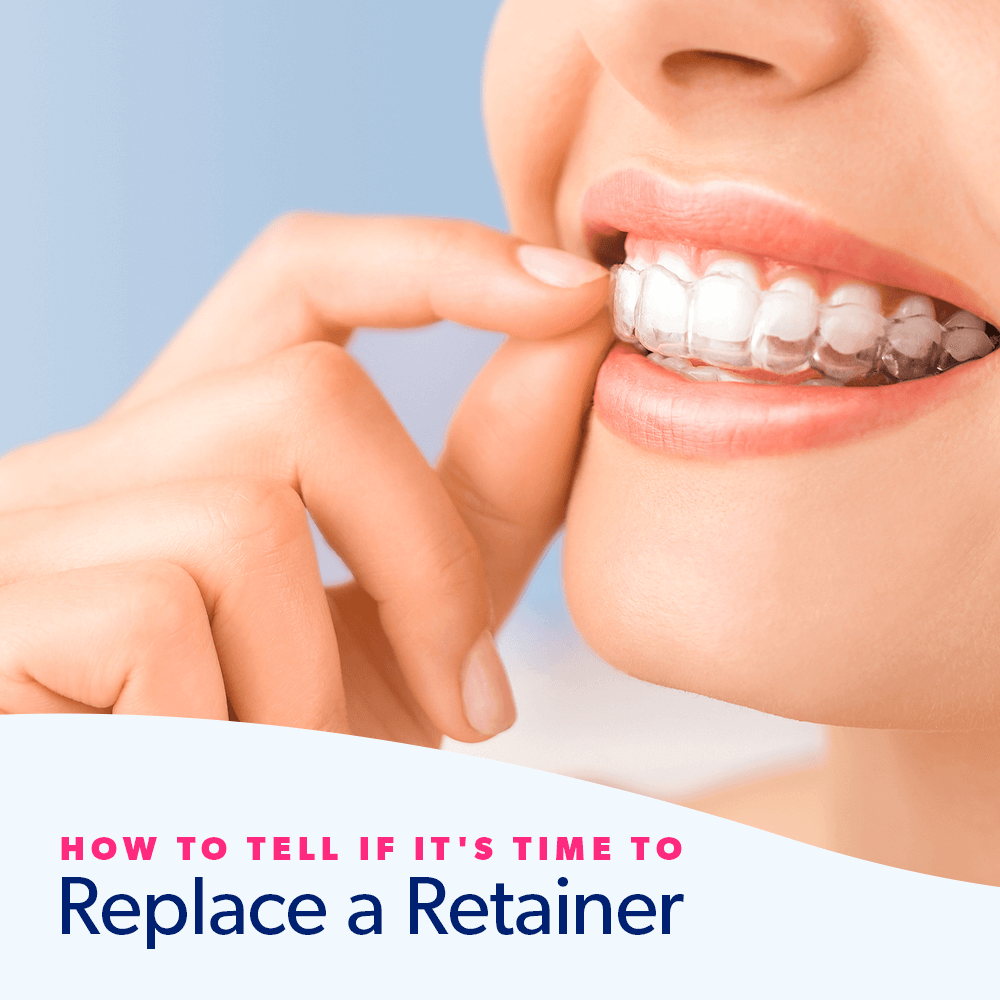
How to Tell if It's Time to Replace a Retainer
Retainers play an essential role in your post-orthodontic treatment plan. They help keep your teeth straight, maintaining the smile you invested in. Your orthodontist will likely recommend you wear a retainer for life because teeth are prone to shifting. Retainers usually only last a few...
Read More -
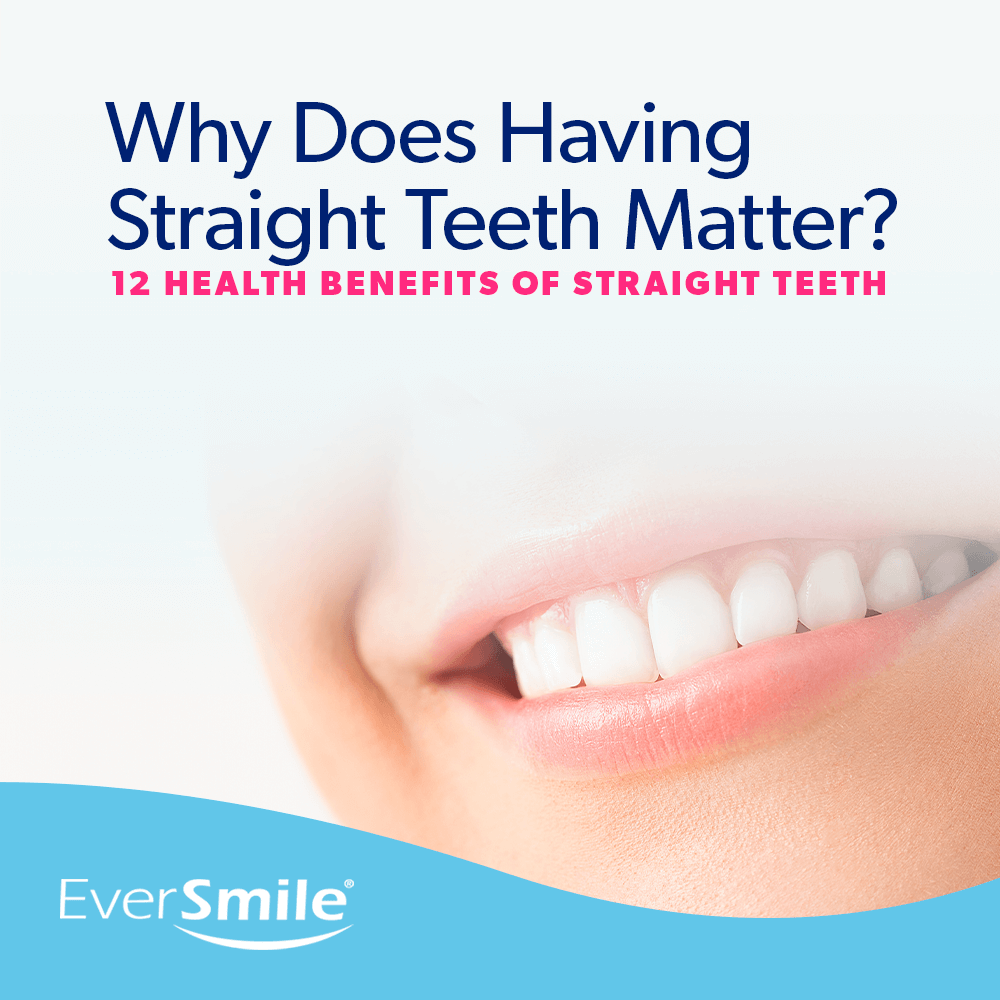
Why Does Having Straight Teeth Matter? 12 Health Benefits of Straight Teeth
If you're one of 81% of adults that think their teeth are unattractive when they see them in photographs, it might feel good to know you're not alone. But it still doesn't change how you feel. Many adults are self-conscious about their smiles because they don't...
Read More -
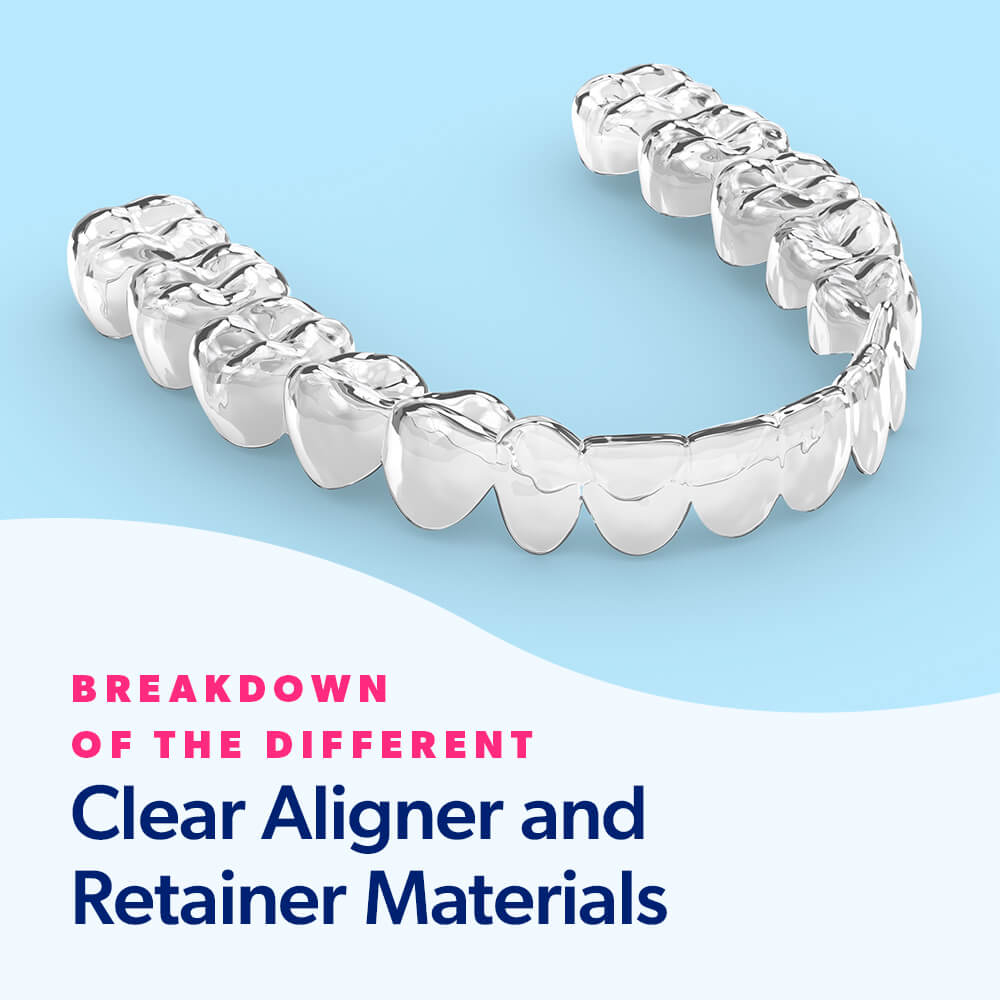
Breakdown of the Different Clear Aligner and Retainer Materials
Confidence begins with a smile. If you look in the mirror and aren't happy with your smile, now's the perfect time to change it! Clear aligners and retainers are more accessible and affordable than ever before. They straighten your teeth over time while being discreet...
Read More -
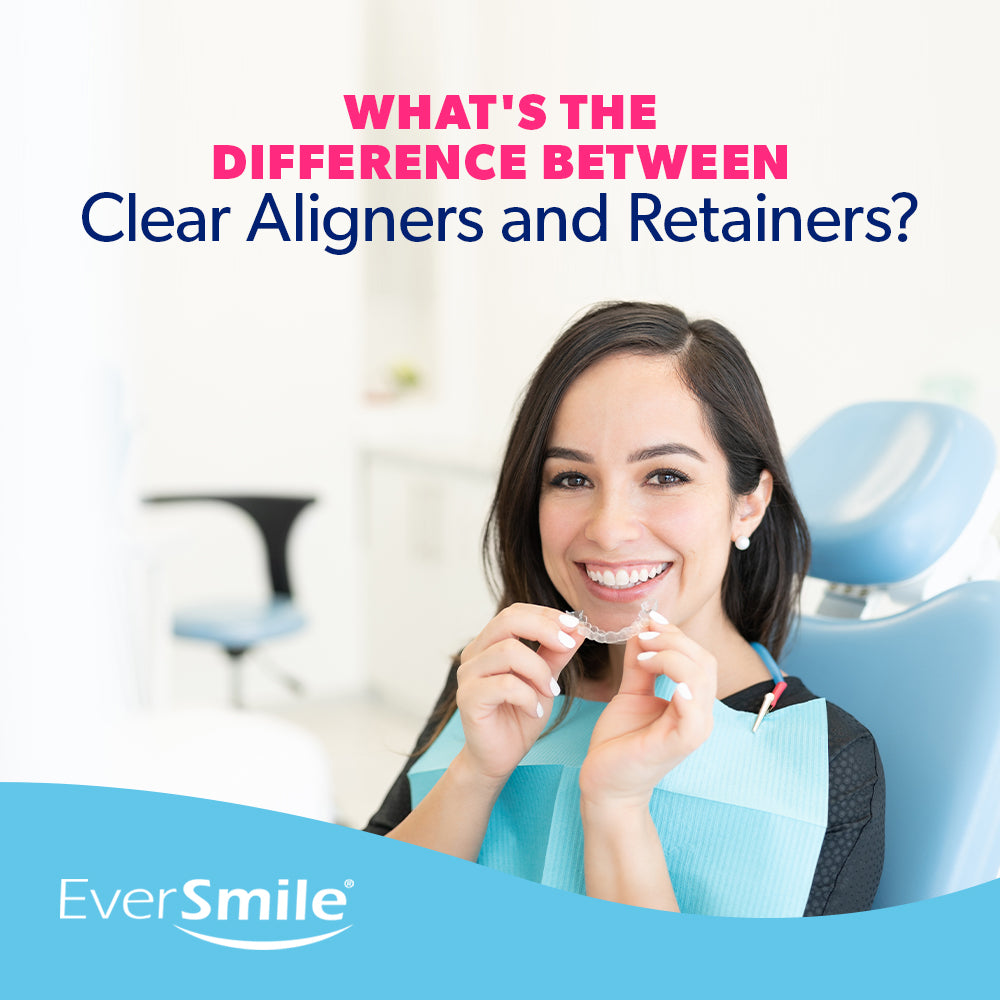
What's the Difference Between Clear Aligners and Retainers?
On the surface, aligners and retainers seem pretty similar. Both are made of clear plastic and used for orthodontic treatment. However, they have two different goals — aligners are meant to move your teeth into new positions, while retainers keep your teeth in their final...
Read More -
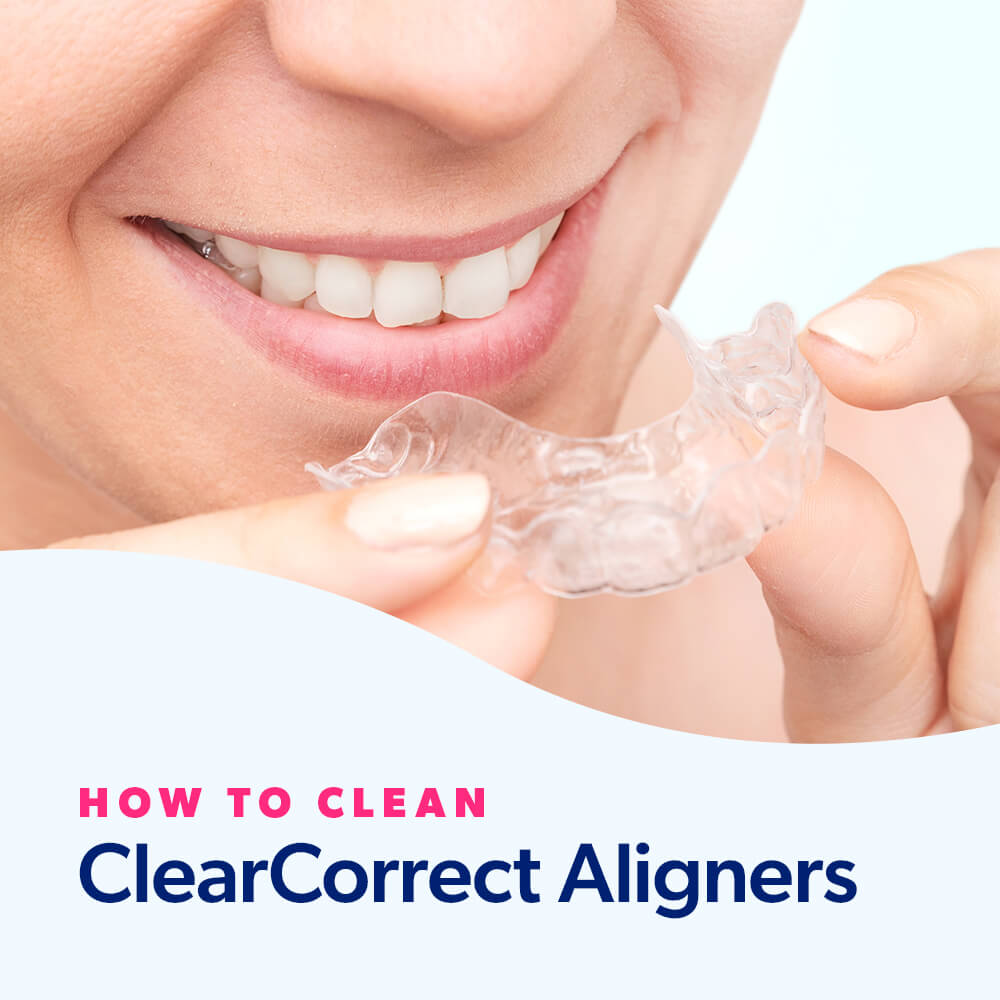
How to Clean ClearCorrect Aligners
Aligners are excellent alternatives to traditional wire braces. They discreetly straighten your smile, allow you to maintain your oral health more easily, and don't come with any food or drink restrictions. Because ClearCorrect aligners stay in your mouth for at least 22 hours a day,...
Read More -

Aligner Guide for New Users: Everything You Need to Know as a New Aligner Wearer
Clear aligners have emerged as an exciting alternative to traditional braces. Brands such as Invisalign offer the benefits of straighter teeth with the addition of a discreet appearance to fit any lifestyle. You can enjoy more freedom when wearing clear aligners, and you can smile...
Read More -

14 Tips for a Healthier Smile
A smile is often one of the first things people notice about us, and many people take great pride in having an attractive smile. However, the importance of having a healthy smile goes beyond mere appearances. The health of our teeth and gums is directly tied...
Read More -
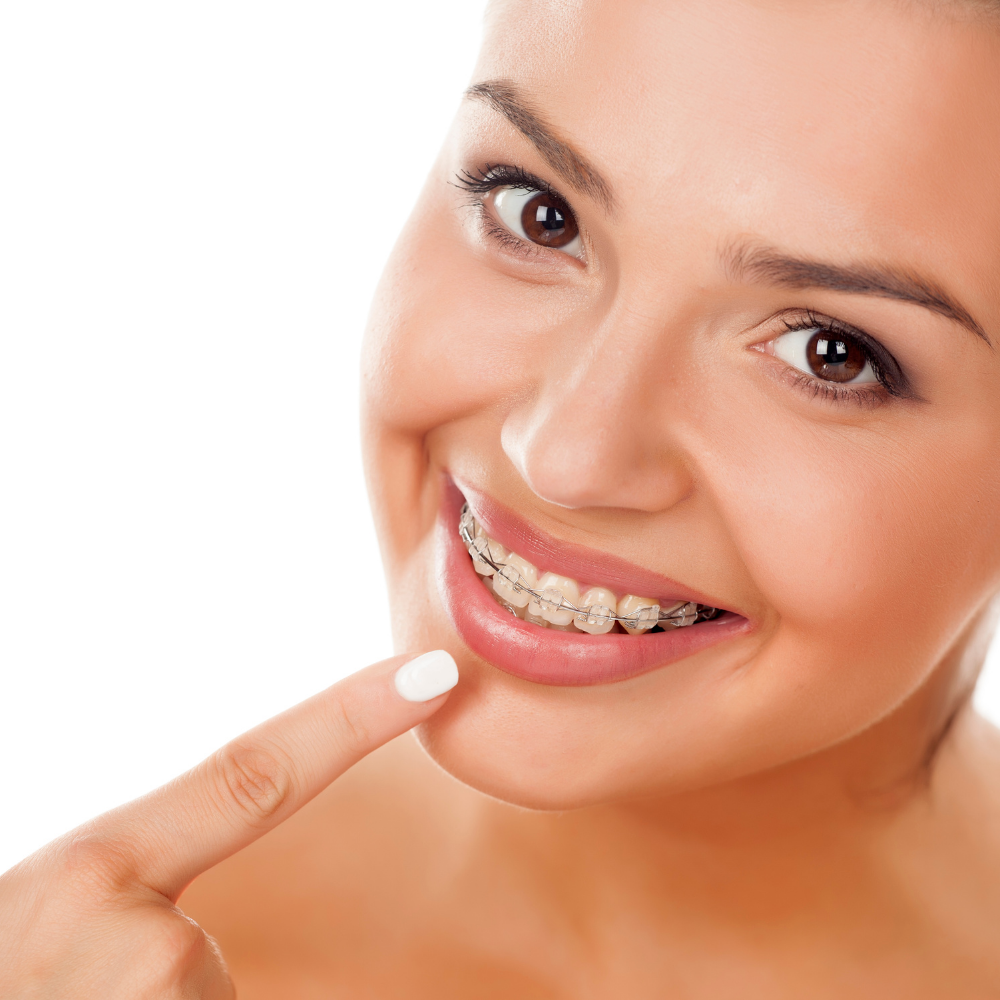
How to Get Rid of Yellow Staining From Braces
The moment your braces come off is a major high point in your life. You've spent a lot of time waiting and working to achieve the straight teeth and radiant smile you've always dreamed of. But sometimes when the braces come off, your smile isn't quite...
Read More -
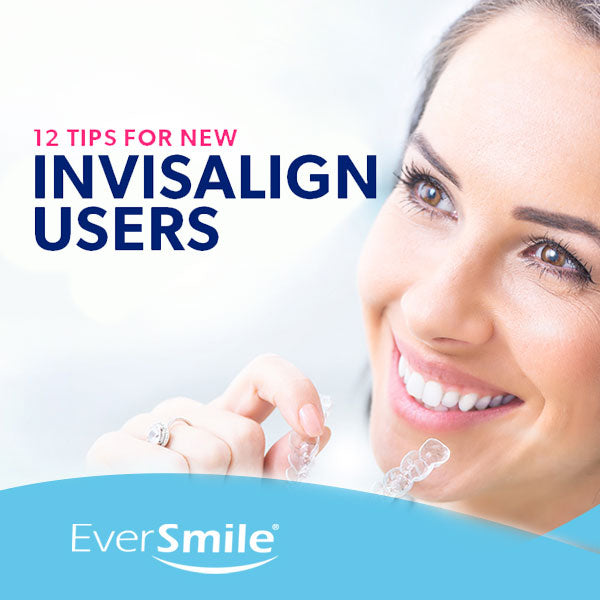
12 Tips for New Invisalign Users
Welcome to the world of Invisalign aligners! You've taken the next step toward straighter teeth and a more confident smile by subscribing to Invisalign treatment. But this is only the beginning. You'll be spending the next several months to a year wearing your aligners, and...
Read More -
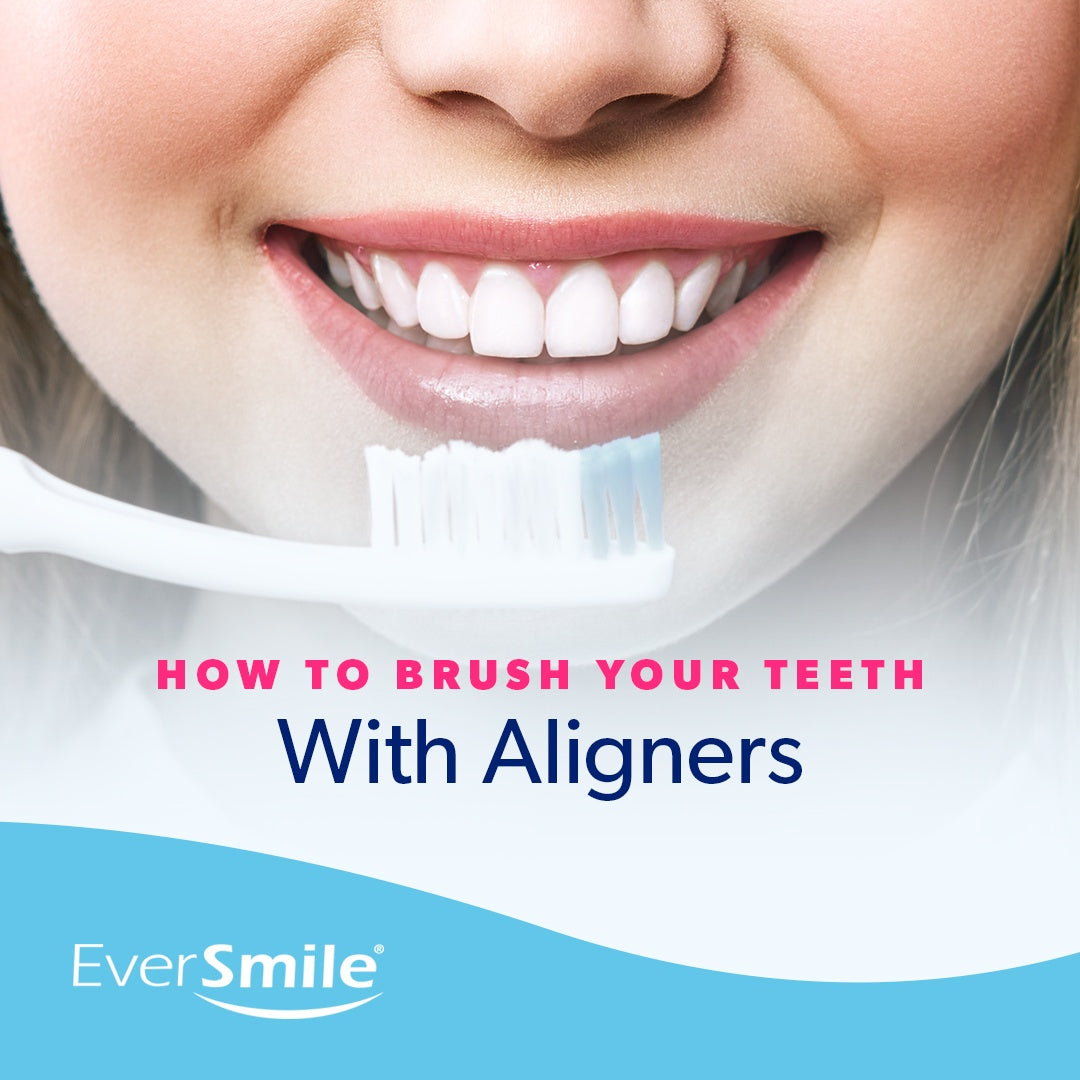
How to Brush Your Teeth With Aligners
Clear aligners are convenient and discreet ways to help straighten your smile. You can remove them whenever you need to, and they're more comfortable than traditional metal braces. It's essential to take care of your teeth, and while making sure they're straight is one way...
Read More -

The Facts on Funk: Why Is My Clear Aligner Yellow?
You got clear aligners so that no one would notice them, but your invisible aligners are only invisible if they stay clear. Many things can stain your aligners or lead to your retainer turning yellow. Certain foods, such as dark-colored berries or sugary chocolates can lead...
Read More -
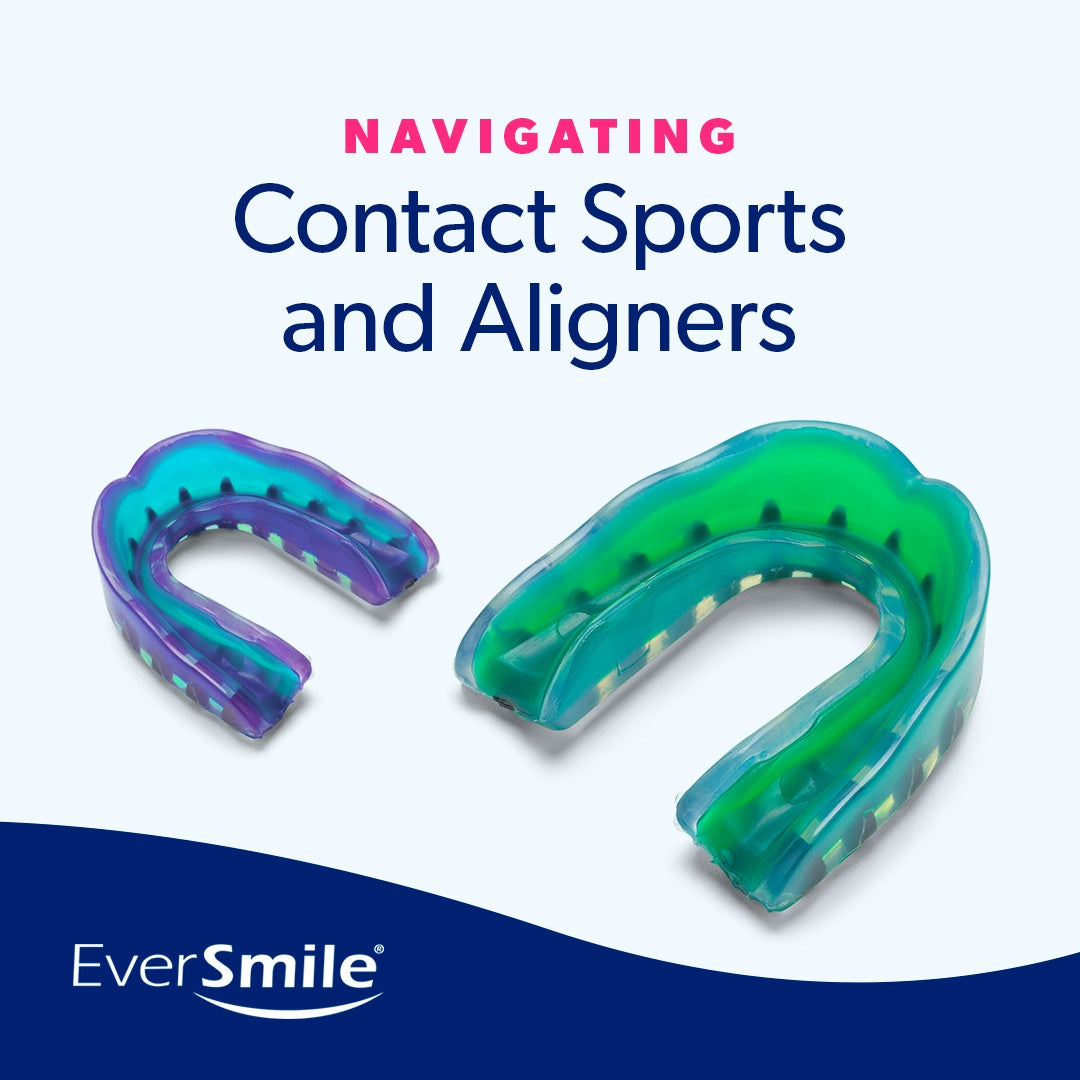
Navigating Contact Sports and Aligners
As an athlete, you have a lot on your mind when you're on the field or court. You're thinking about your opponent's next move, memorizing plays and doing everything you can to win. You don't want your teeth or aligners taking up valuable thought space...
Read More -

The Science Behind Teeth Movement
Many people experience a moment where they notice something new about their physical appearance. This is especially true with teeth. You could smile at yourself in the mirror and realize that things are different than they were last time you checked. "Was that gap always...
Read More -
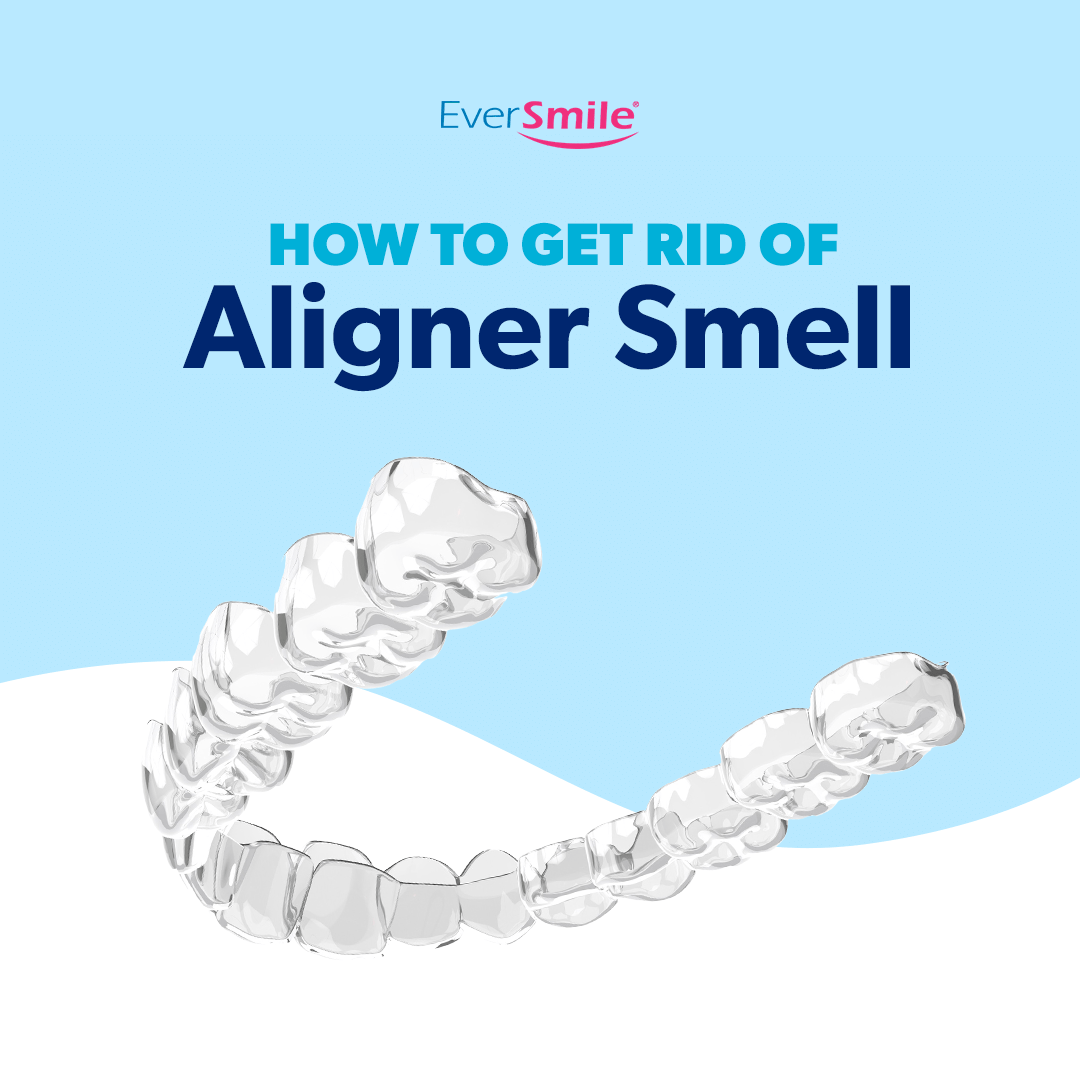
How to Get Rid of Aligner Smell
As a user of clear plastic aligners, you care about your teeth, and you want your smile to look great. The clear plastic makes the process discreet so you can wear your aligners with confidence while hanging out with friends and family or meeting people...
Read More -
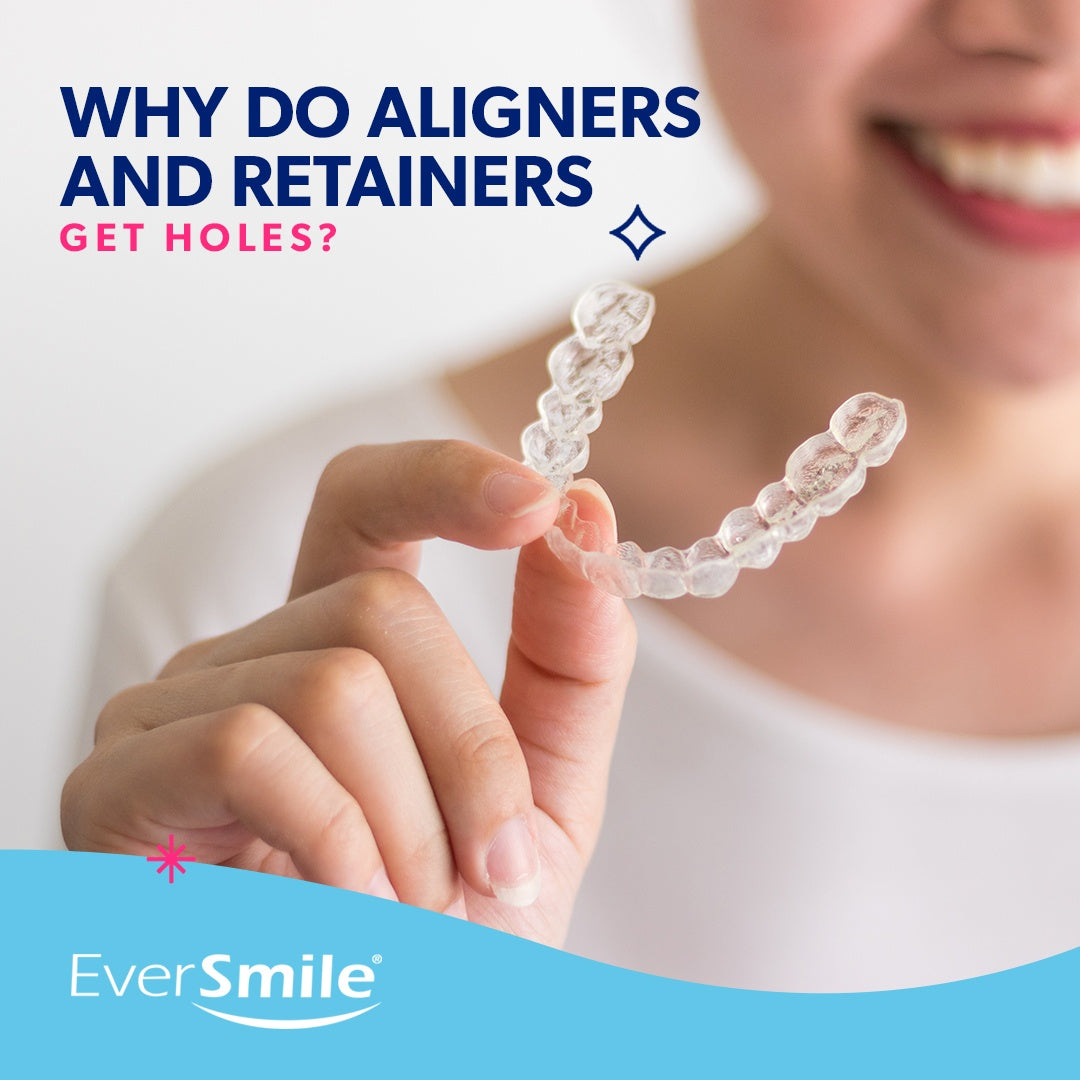
Why Do Aligners and Retainers Get Holes?
You wear your aligners almost all day, so it's not surprising that they can become damaged. But, why do aligners and retainers get holes and other damage? There are a few different ways this can happen. Take a look at the guide below to learn...
Read More -

Why Do Teeth Come in Crooked?
If you've ever looked at your smile in the mirror and noticed misaligned teeth, you've probably wondered why teeth come in crooked. Is there any way to correct this issue? Luckily, you have a few options for fixing your smile, but there are even more...
Read More -

How to Tell if It's Time to Replace a Retainer
Retainers play an essential role in your post-orthodontic treatment plan. They help keep your teeth straight, maintaining the smile you invested in. Your orthodontist will likely recommend you wear a retainer for life because teeth are prone to shifting. Retainers usually only last a few...
Read More -

Why Does Having Straight Teeth Matter? 12 Health Benefits of Straight Teeth
If you're one of 81% of adults that think their teeth are unattractive when they see them in photographs, it might feel good to know you're not alone. But it still doesn't change how you feel. Many adults are self-conscious about their smiles because they don't...
Read More -

What's the Difference Between Clear Aligners and Retainers?
On the surface, aligners and retainers seem pretty similar. Both are made of clear plastic and used for orthodontic treatment. However, they have two different goals — aligners are meant to move your teeth into new positions, while retainers keep your teeth in their final...
Read More -

14 Tips for a Healthier Smile
A smile is often one of the first things people notice about us, and many people take great pride in having an attractive smile. However, the importance of having a healthy smile goes beyond mere appearances. The health of our teeth and gums is directly tied...
Read More -

How to Get Rid of Yellow Staining From Braces
The moment your braces come off is a major high point in your life. You've spent a lot of time waiting and working to achieve the straight teeth and radiant smile you've always dreamed of. But sometimes when the braces come off, your smile isn't quite...
Read More -

The Science Behind Teeth Movement
Many people experience a moment where they notice something new about their physical appearance. This is especially true with teeth. You could smile at yourself in the mirror and realize that things are different than they were last time you checked. "Was that gap always...
Read More -

Why Do Teeth Come in Crooked?
If you've ever looked at your smile in the mirror and noticed misaligned teeth, you've probably wondered why teeth come in crooked. Is there any way to correct this issue? Luckily, you have a few options for fixing your smile, but there are even more...
Read More -

How to Tell if It's Time to Replace a Retainer
Retainers play an essential role in your post-orthodontic treatment plan. They help keep your teeth straight, maintaining the smile you invested in. Your orthodontist will likely recommend you wear a retainer for life because teeth are prone to shifting. Retainers usually only last a few...
Read More -

Why Does Having Straight Teeth Matter? 12 Health Benefits of Straight Teeth
If you're one of 81% of adults that think their teeth are unattractive when they see them in photographs, it might feel good to know you're not alone. But it still doesn't change how you feel. Many adults are self-conscious about their smiles because they don't...
Read More -

Breakdown of the Different Clear Aligner and Retainer Materials
Confidence begins with a smile. If you look in the mirror and aren't happy with your smile, now's the perfect time to change it! Clear aligners and retainers are more accessible and affordable than ever before. They straighten your teeth over time while being discreet...
Read More -

What's the Difference Between Clear Aligners and Retainers?
On the surface, aligners and retainers seem pretty similar. Both are made of clear plastic and used for orthodontic treatment. However, they have two different goals — aligners are meant to move your teeth into new positions, while retainers keep your teeth in their final...
Read More -

The Do's and Don'ts of Wearing a Retainer
You should always follow your dentist's directions for wearing a retainer to ensure the investment you put into having a straight smile lasts for years to come. Adhering to the do's and don'ts of wearing a retainer is vital to keeping your teeth straight and...
Read More -

14 Tips for a Healthier Smile
A smile is often one of the first things people notice about us, and many people take great pride in having an attractive smile. However, the importance of having a healthy smile goes beyond mere appearances. The health of our teeth and gums is directly tied...
Read More -

How to Get Rid of Yellow Staining From Braces
The moment your braces come off is a major high point in your life. You've spent a lot of time waiting and working to achieve the straight teeth and radiant smile you've always dreamed of. But sometimes when the braces come off, your smile isn't quite...
Read More -

How to Preserve Your Clear Retainers
Retainers are vital for straightening your smile. Even when you're done with aligners or braces, your retainers prevent your teeth from shifting back into their misaligned positions. Because these appliances are essential, it's useful to know how to preserve your clear retainers. You'll help them...
Read More -

The Science Behind Teeth Movement
Many people experience a moment where they notice something new about their physical appearance. This is especially true with teeth. You could smile at yourself in the mirror and realize that things are different than they were last time you checked. "Was that gap always...
Read More -

How to Get Rid of Aligner Smell
As a user of clear plastic aligners, you care about your teeth, and you want your smile to look great. The clear plastic makes the process discreet so you can wear your aligners with confidence while hanging out with friends and family or meeting people...
Read More -

Why Do Aligners and Retainers Get Holes?
You wear your aligners almost all day, so it's not surprising that they can become damaged. But, why do aligners and retainers get holes and other damage? There are a few different ways this can happen. Take a look at the guide below to learn...
Read More -

How to Clean ClearCorrect Aligners
Aligners are excellent alternatives to traditional wire braces. They discreetly straighten your smile, allow you to maintain your oral health more easily, and don't come with any food or drink restrictions. Because ClearCorrect aligners stay in your mouth for at least 22 hours a day,...
Read More -

Aligner Guide for New Users: Everything You Need to Know as a New Aligner Wearer
Clear aligners have emerged as an exciting alternative to traditional braces. Brands such as Invisalign offer the benefits of straighter teeth with the addition of a discreet appearance to fit any lifestyle. You can enjoy more freedom when wearing clear aligners, and you can smile...
Read More -

The Do's and Don'ts of Wearing a Retainer
You should always follow your dentist's directions for wearing a retainer to ensure the investment you put into having a straight smile lasts for years to come. Adhering to the do's and don'ts of wearing a retainer is vital to keeping your teeth straight and...
Read More -

How to Get Rid of Yellow Staining From Braces
The moment your braces come off is a major high point in your life. You've spent a lot of time waiting and working to achieve the straight teeth and radiant smile you've always dreamed of. But sometimes when the braces come off, your smile isn't quite...
Read More -

How to Preserve Your Clear Retainers
Retainers are vital for straightening your smile. Even when you're done with aligners or braces, your retainers prevent your teeth from shifting back into their misaligned positions. Because these appliances are essential, it's useful to know how to preserve your clear retainers. You'll help them...
Read More -

12 Tips for New Invisalign Users
Welcome to the world of Invisalign aligners! You've taken the next step toward straighter teeth and a more confident smile by subscribing to Invisalign treatment. But this is only the beginning. You'll be spending the next several months to a year wearing your aligners, and...
Read More -

How to Brush Your Teeth With Aligners
Clear aligners are convenient and discreet ways to help straighten your smile. You can remove them whenever you need to, and they're more comfortable than traditional metal braces. It's essential to take care of your teeth, and while making sure they're straight is one way...
Read More -

The Facts on Funk: Why Is My Clear Aligner Yellow?
You got clear aligners so that no one would notice them, but your invisible aligners are only invisible if they stay clear. Many things can stain your aligners or lead to your retainer turning yellow. Certain foods, such as dark-colored berries or sugary chocolates can lead...
Read More -

Navigating Contact Sports and Aligners
As an athlete, you have a lot on your mind when you're on the field or court. You're thinking about your opponent's next move, memorizing plays and doing everything you can to win. You don't want your teeth or aligners taking up valuable thought space...
Read More -

The Science Behind Teeth Movement
Many people experience a moment where they notice something new about their physical appearance. This is especially true with teeth. You could smile at yourself in the mirror and realize that things are different than they were last time you checked. "Was that gap always...
Read More -

How to Get Rid of Aligner Smell
As a user of clear plastic aligners, you care about your teeth, and you want your smile to look great. The clear plastic makes the process discreet so you can wear your aligners with confidence while hanging out with friends and family or meeting people...
Read More -

Why Do Teeth Come in Crooked?
If you've ever looked at your smile in the mirror and noticed misaligned teeth, you've probably wondered why teeth come in crooked. Is there any way to correct this issue? Luckily, you have a few options for fixing your smile, but there are even more...
Read More
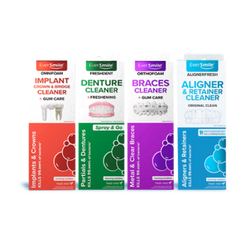
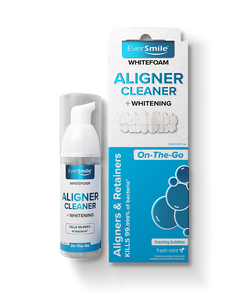
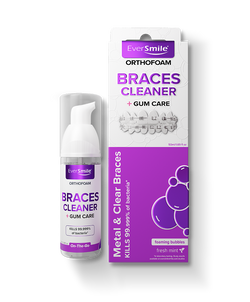
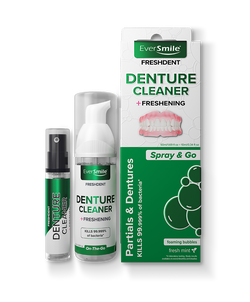

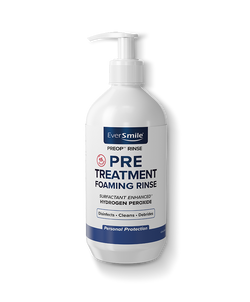



















Post a Comment!